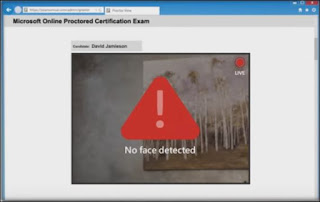This Week I Learned - Week #160
This Week I Learned - * Cool Blob Storage is generally available. Cool Blob Storage is low cost storage (as low as $0.01 per GB in some regions) for cool object data which is infrequently accessed but requires similar latency and performance to the more frequently accessed hot data. Example use cases for cool storage include backups, media content, scientific data, compliance and archival data. In general, any data which lives for a longer period of time and is accessed less than once a month is a perfect candidate for cool storage - Microsoft Azure Blog * Brazil uses Google Translate more than any other country. Ninety-two percent of our translations come from outside of the United States, with Brazil topping the list. * Microsoft is among the Top Chefs contributing to IFTTT recipes * The website Postcards-From-Google Earth contains a compilation of distorted images on Google Earth. They reveal a new model of representation: not through indexical photographs but throug




